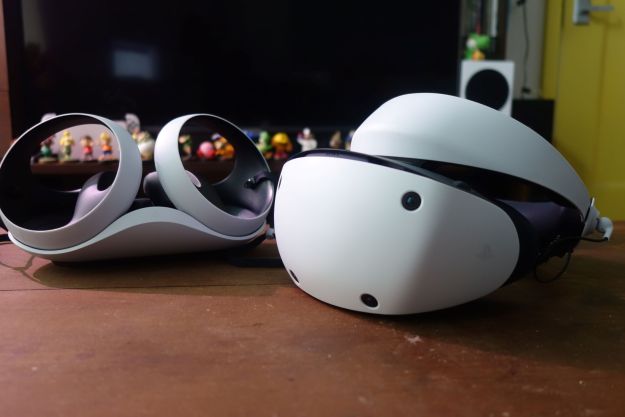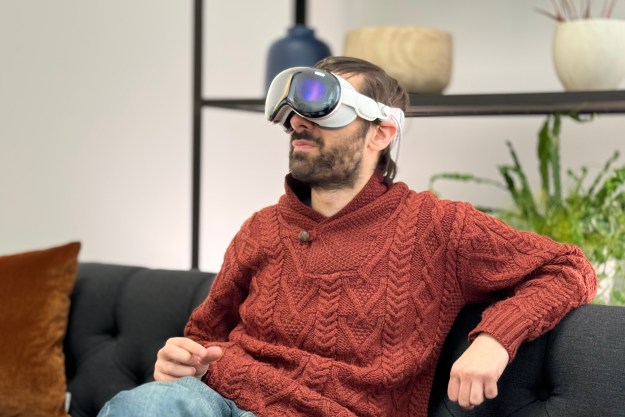For VR programs, the team behind Noon VR is partnering with Koom VR, a VR distribution service. Users can use this service to share their own VR creations and download and watch the work of others. The app is available on both iOS and Android, which offers the service and accompanying headset to a wide range of smartphone owners. The content is video-based, and currently there are approximately 1,000 pieces of content available.

The app can be controlled in a number of ways including head movements, finger tap gestures, and eye gaze tracking, which means users have plenty of options for working within the app and choosing the VR experience that suits their tastes.
Apple and Android devices between 4.7 and 5.5 inches will fit into the headset. This means phones like the iPhone 6 and 6 Plus, Samsung Galaxy S6 and plenty of other devices will slot right in and work.
Some other notable features of the actual hardware include vents for keeping fog out, a velcro strap that goes around and above the user’s head for stability, and a 95-degree viewing angle that creators promise will not cause eye strain. Once the phone is locked in with the elastic band docking system, there’s a plastic cover that goes over it to keep dust out while the device is in use.

The headset is available right now from Amazon for the aforementioned $89 price. It’s entering a growing and very competitive market, so it will be interesting to see how it works its way into the space as we venture forward into the VR era.
Editors' Recommendations
- The best VR games
- This new VR headset beats the Vision Pro in one key way and is half the price
- Your Quest 3 just got so much better — for free
- We have some bad news for Quest owners
- These are all the must-try apps for your Meta Quest 3


